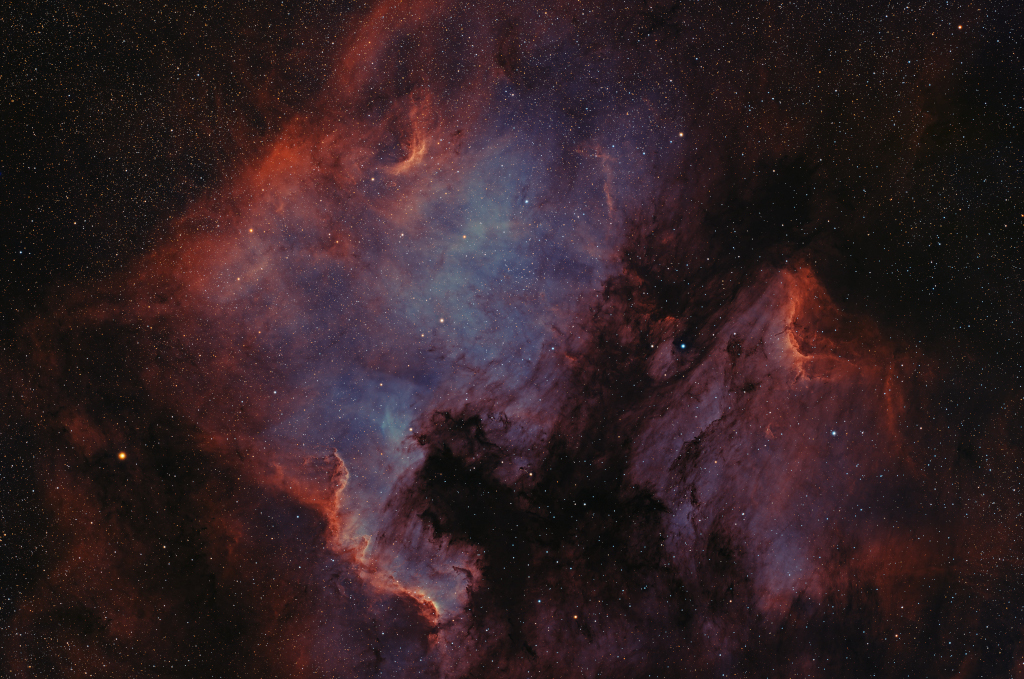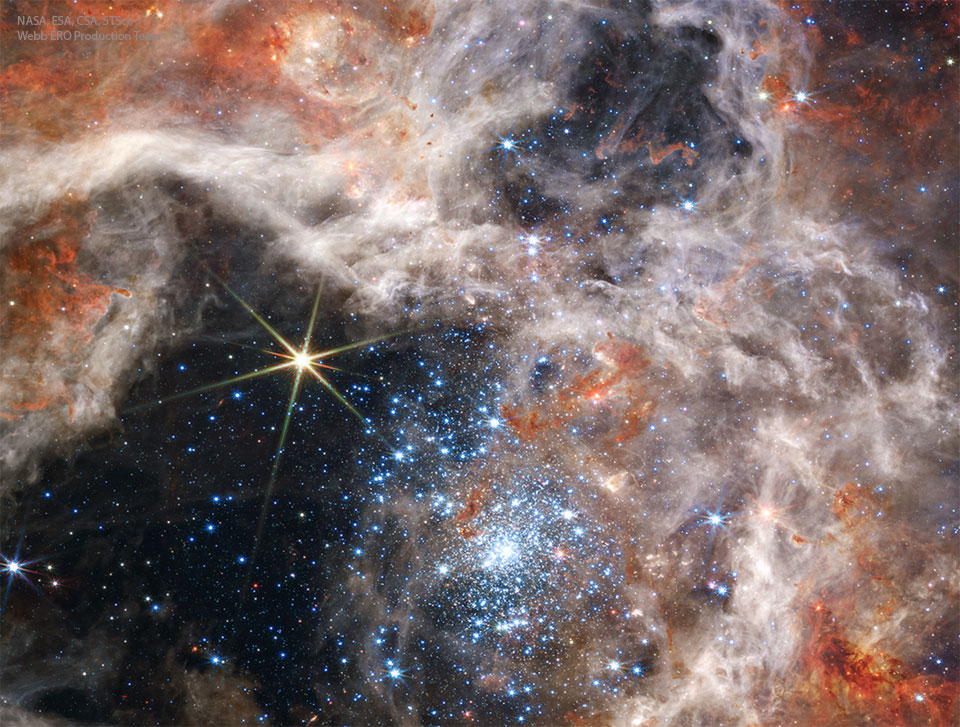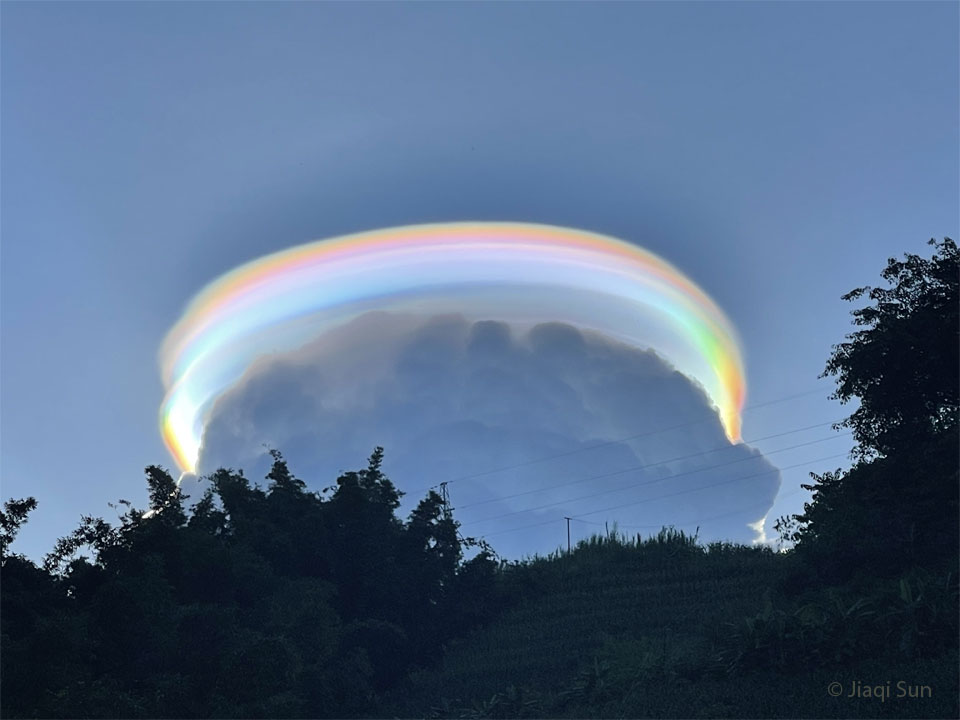안녕하세요, 잡학다식 입니다. 오늘은 과연 나사에서 어떤 방식으로 우주의 형상을 표현해 줄까요?
우선 이미지부터 볼 수 있도록 하겠습니다

해당 사진의 이름은 North America and the Pelican 인데요 우선 NASA에서 공식적으로 발표한 설명들을 확인해 보겠습니다
Fans of our fair planet might recognize the outlines of these cosmic clouds. On the left, bright emission outlined by dark, obscuring dust lanes seems to trace a continental shape, lending the popular name North America Nebula to the emission region cataloged as NGC 7000. To the right, just off the North America Nebula's east coast, is IC 5070, whose avian profile suggests the Pelican Nebula. The two bright nebulae are about 1,500 light-years away, part of the same large and complex star forming region, almost as nearby as the better-known Orion Nebula. At that distance, the 3 degree wide field of view would span 80 light-years. This careful cosmic portrait uses narrowband images combined to highlight the bright ionization fronts and the characteristic glow from atomic hydrogen, and oxygen gas. These nebulae can be seen with binoculars from a dark location. Look northeast of bright star Deneb in Cygnus the Swan, soaring high in the northern summer night sky.
이번에도 광활한 우주 앞에 인간이 얼마나 작은 존재인지 다시 한번 알게 되는것 같습니다
저는 내일도 더 좋은 사진과 함께 돌아오겠습니다, 그럼 행목한 하루 되시길 바랍니다
'과학상식' 카테고리의 다른 글
| NASA 나사의 오늘의 이미지들 (2022-09-10) (0) | 2022.09.11 |
|---|---|
| NASA 나사의 오늘의 이미지들 (2022-09-09) (0) | 2022.09.10 |
| NASA 나사의 오늘의 이미지들 (2022-09-07) (0) | 2022.09.08 |
| NASA 나사의 오늘의 이미지들 (2022-09-06) (0) | 2022.09.07 |
| NASA 나사의 오늘의 이미지들 (2022-09-05) (0) | 2022.09.06 |

